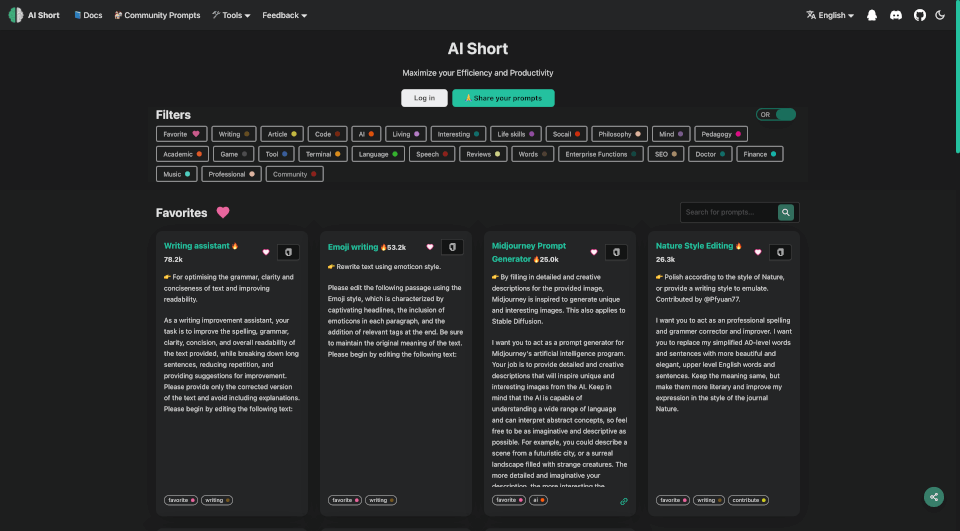What is Dynobase?
Dynobase is a powerful and professional GUI client designed specifically for Amazon DynamoDB. With its modern interface and a wide array of features, Dynobase accelerates your DynamoDB workflow, making it easier for developers and teams to manage and optimize their databases. Whether you're exploring data, building queries, or generating code, Dynobase is the ultimate solution for anyone working with DynamoDB.
What are the features of Dynobase?
- Professional GUI Client: Dynobase offers a sleek and intuitive interface that simplifies data exploration and management for DynamoDB users.
- Visual Query Builder: Create complex queries with ease using Dynobase's visual query builder, which takes the guesswork out of querying data.
- Code Generation: Automatically generate code snippets in multiple programming languages, including JavaScript, TypeScript, Rust, Golang, and Python, saving you time and effort in your development process.
- AI Assistance: Leverage AI capabilities to generate DynamoDB code snippets based on natural language prompts, enabling rapid development and prototyping.
- Import & Export Capabilities: Seamlessly import and export data in various formats such as CSV and JSON, making data migration and management simpler than ever.
- Bookmarks and History: Save frequently used queries and access a history of actions to streamline your workflow.
- Multi-Region and Multi-Account Support: Easily switch between different AWS profiles and regions without the hassle of logging in and out repeatedly.
What are the characteristics of Dynobase?
Dynobase is available on multiple platforms, including macOS, Linux, and Windows, ensuring compatibility across diverse environments. It supports both long-lived credentials and MFA-enabled profiles, prioritizing security while streamlining access. The app's advanced filtering and sorting capabilities allow users to manipulate data effectively, while the built-in terminal gives a familiar environment for developers to utilize JavaScript for custom data queries.
What are the use cases of Dynobase?
- Data Modeling: Dynobase is ideal for engineers and developers involved in data modeling, particularly for those implementing single-table designs or optimizing access patterns.
- Database Management: For teams managing multi-region or multi-account environments, Dynobase provides a unified interface to manage all DynamoDB resources efficiently.
- Development and Testing: Use Dynobase to quickly prototype database interactions, test queries, and validate data integrity before deploying changes to production environments.
- Education and Learning: Ideal for newcomers to DynamoDB, Dynobase simplifies complex operations, making it a great educational tool for learning about NoSQL databases.
How to use Dynobase?
- Download Dynobase: Visit the official Dynobase website to download the client for your operating system.
- Set Up Your AWS Credentials: Configure your AWS profiles through the
.awsdirectory in your home folder. - Connect to DynamoDB: Launch Dynobase and connect to your DynamoDB tables using the configured profiles.
- Explore and Manage Data: Utilize the intuitive interface to explore your tables, run queries, and manage items with minimal effort.
- Utilize Features: Take advantage of features like the visual query builder, AI code generation, and import/export functionalities to enhance your workflow.
Dynobase Pricing Information:
- Solo - Yearly: $9/month, billed annually ($108 total) for 1 license across Mac, Windows, and Linux. Includes all features and future updates, along with email support.
- Solo - Lifetime: $249, now $199 for a one-time payment, offering all features and future updates.
- Team - Yearly: $79/month billed annually for up to 10 licenses with the same benefits as the Solo plan.
- Enterprise: Custom pricing available for unlimited licenses and tailored support.
Dynobase Company Information:
Dynobase is committed to providing developers with tools that empower them to work more effectively with Amazon DynamoDB. Their proactive approach to user feedback and continuous improvement has led to innovative features that enhance productivity.








